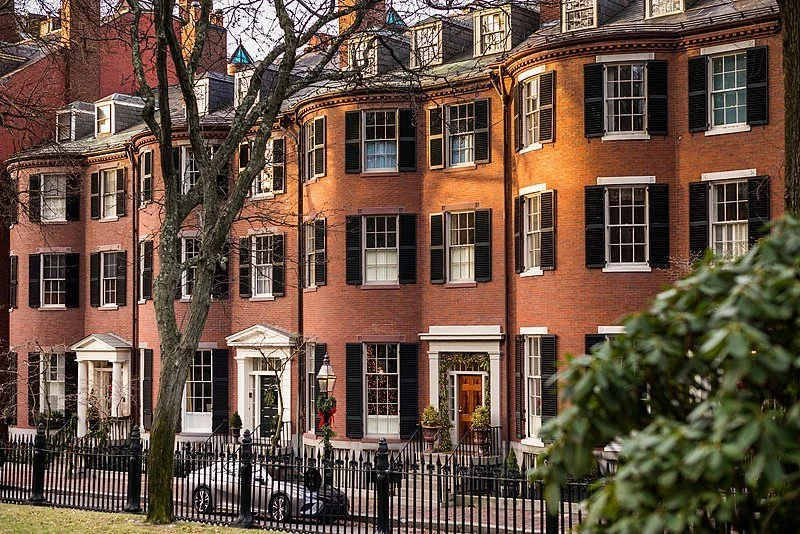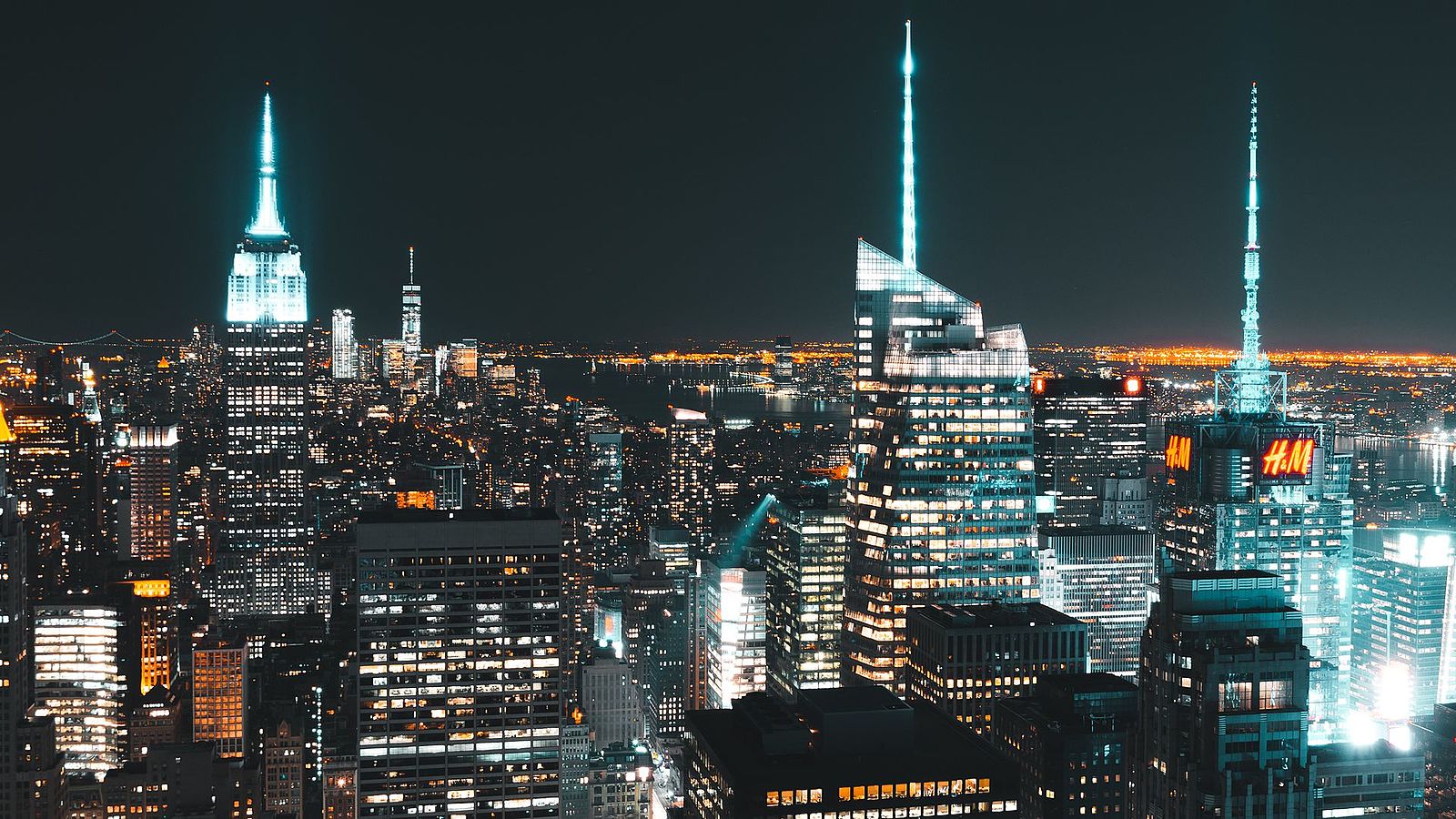In ancient times, Egyptians seized for failing to pay taxes.
Adapted from Robert Whitcomb’s “Digital Diary,’’ in GoLocal24.com
Massachusetts collected about $1.8 billion from a new voter-approved levy on rich residents through the first nine months of this fiscal year; the year ends June 30. That’s $800 million more than what the legislature and Gov. Maura Healey had projected for this revenue for all of fiscal 2024! The levy, which many call “the millionaires’ tax,’’ is a 4 percent surtax on personal income over $1 million.
The money is supposed to go to transportation (especially in fixing and expanding the MBTA, which, reminder, also serves Rhode Island) and education. A big question is whether those improvements, by making the state more competitive from a physical-infrastructure and services standpoint, will more than offset the macroeconomic effects of folks taking their money to such tax havens for the affluent as New Hampshire, “The Parasite State,” with their much thinner public services.
Some businesspeople, for example, might decide that education and transportation improvements financed by the surtax will make the state enough of a better place to make money in the long term as to more than offset the increase in their income tax. Of course, for many millionaires and billionaires, any tax is too much; and they don’t need many of the public services used by the poor and middle class, including public schools, though I suppose they do like having, say, highways and airports.
We’ll probably know within a couple of years how this tax experiment is working out, and what the lessons might be for other states, especially in New England, though a recession may make it difficult to measure its long-term effects. It seems unlikely that Red States, most of which are in the South, will do anything like it. Rich folks have too much power there. But some Blue States might try variants of the Massachusetts experiment.

















